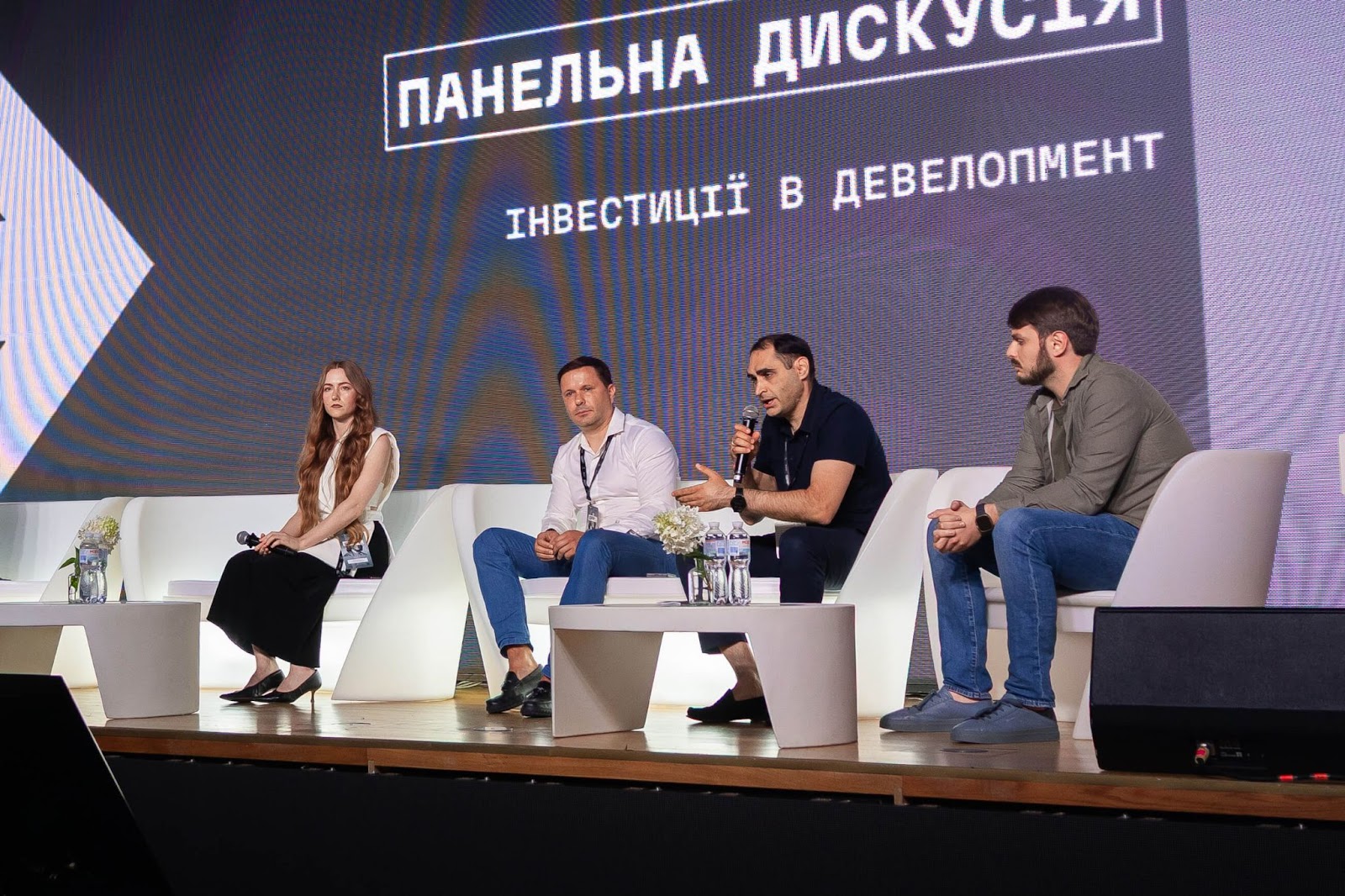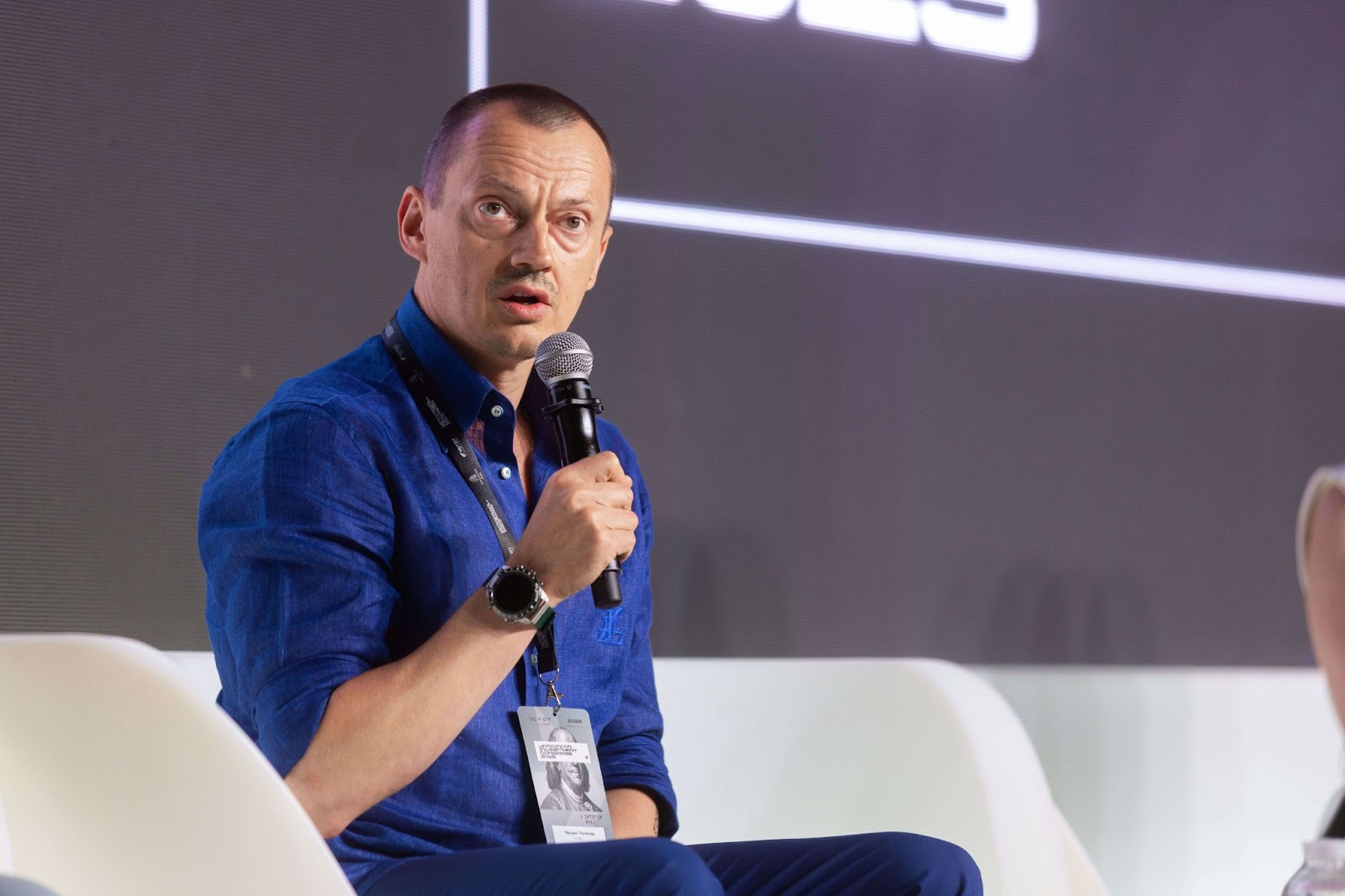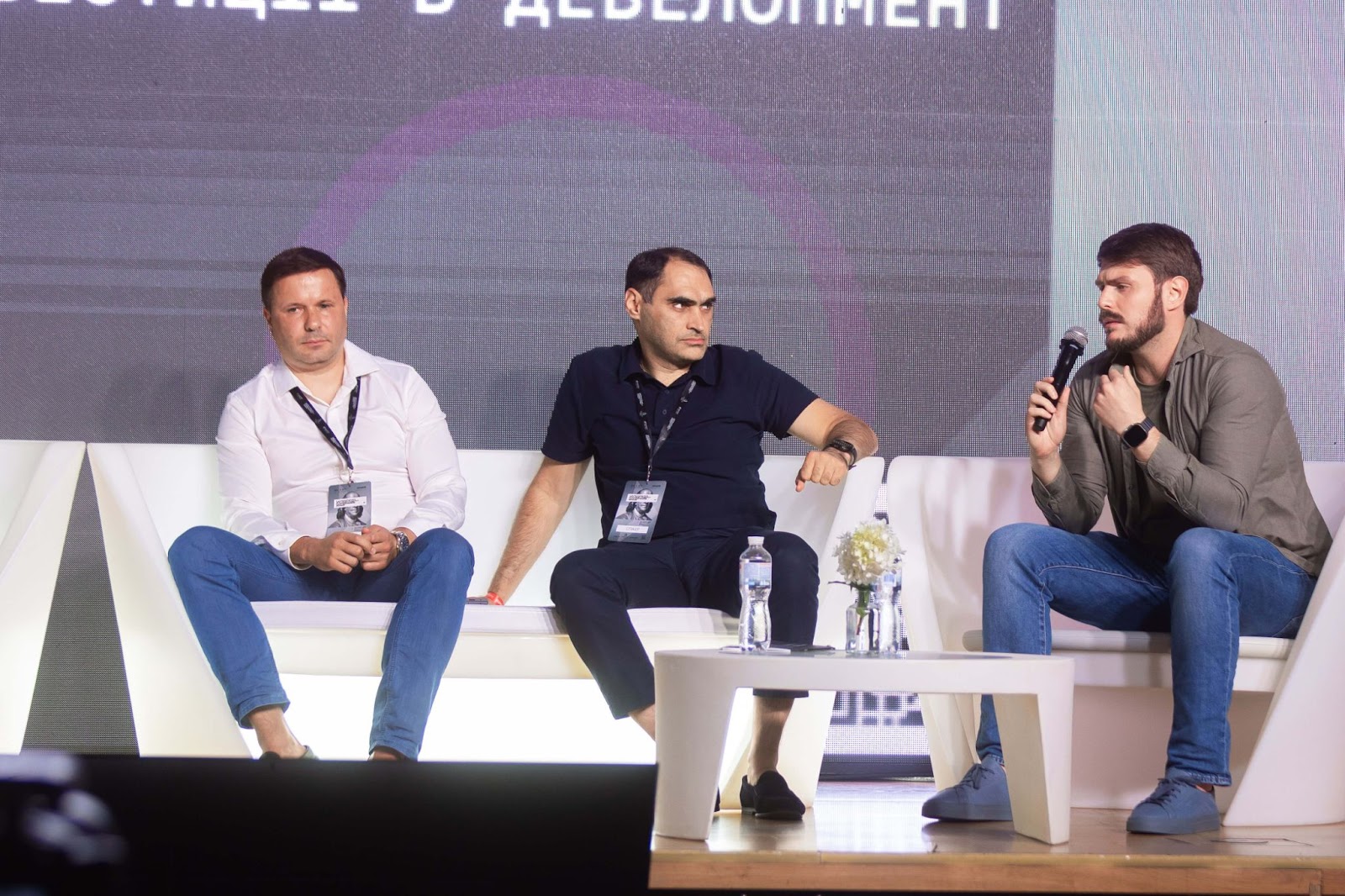Investments in development - results of the Ukrainian Investment Congress
Speakers:
- Igor Guda, founder of Creator-Bud
- Rostislav Melnyk, CEO of the construction company RIEL
- Yaroslav Korniyachenko Founder and CEO of Vlasne misto
- Roman Davymuka CEO of Avalon
- Yevhen Bokiy, Commercial Director of UDP
- Svitlana Lutsenko, UK Expertise LLC, Head of the Department for Coordination of Experts' Work
- Sergey Samusev, founder of HutJet
- Moderator: Vitaliy Melnyk, UDP
Investments in development
On July 31, CEC Parkovy hosted the Ukrainian Investment Congress, which discussed a wide range of topics, from the production of building materials to the investment attractiveness of Ukraine in general.
A separate panel was devoted to real estate investment, and many members of the Ukrainian Association of Developers spoke. Read our article to find out what exactly was discussed and what conclusions were reached.
Which segments are the most attractive on the market
Despite the war and numerous risks, many real estate projects are being built, and investors are buying apartments. But which ones and where exactly? The panelists agreed that investors are acting prudently. The market has changed significantly, and now the key criteria are the speed of implementation (ideally up to a year), security of the facility (shelters), energy independence (generators, solar panels, other sources of backup power), and the availability of all the necessary infrastructure within the complex.
Rostyslav Melnyk (RIEL) emphasized that the largest increase in value after the war is expected in the segment of economy housing in megacities and built-in commerce. Recreation in western Ukraine is also gaining momentum, as evidenced by the growth of projects under examination, according to Svitlana Lutsenko (UK Expertise LLC).
Low-rise construction with a short cycle (6-12 months) has become a real investor favorite, said Igor Guda (Creator-Bud):
"I would characterize the investor of 2025 as follows. The first thing they pay attention to is the speed of construction. On average, 6-12 months. Secondly, it is safety (bomb shelter, shelter, whether there are any military facilities nearby). And third, it is energy independence and energy efficiency. As an example, I would like to cite our Gravity Park project, which is a four-story building that is almost completely energy-independent."

Yevhen Bokiy (UDP) supported his colleagues' opinion that short-term projects, which take up to a year from foundation to commissioning, are now the most relevant for investors. These are multi-apartment but low-rise buildings (5-6 floors), recreation, and industrial parks. And Roman Davymuka (Avalon) joked that a parking space purchased at the right time would bring the highest return.
The danger of rocket attacks directly affects demand, and every time a major massive attack on the capital occurs, a share of residents move to Lviv or other regions in western Ukraine to buy and rent secondary housing.
Investor demand for infrastructure
New realities dictate new requirements. Storage is becoming mandatory, and this can significantly increase the cost of the facility, especially CC-3 class storage, but it is most effective when it also performs another function, such as commercial. Such flexible solutions make projects cheaper. At the same time, Svitlana Lutsenko emphasizes that inclusivity is not only about people with disabilities: "All of us can be less mobile at certain times in our lives."
Service is becoming an integral part of the project. If earlier the buyer "took square meters," now he expects service support, personalization, and quality management. Roman Davymuka (Avalon) emphasized that the resident should see "his" facility manager, so the demand for personalization is growing, and the quality of living directly depends on the service that needs to be laid down at the sales stage.

Rostyslav Melnyk supported the thesis that without a legal obligation to pay for the service, it is impossible to guarantee quality, and added that:
"It used to be important that the facility was close to the metro. Today it is no longer such an important option. Today, it is much more important that the client has everything within a 10-minute walk. Even more important is quality service and operation. The top 3 services are: food (cafes, delivery), the ability to work/hold meetings, and sports."
Igor Guda (Creator-Bud) also agreed that "Service is more important than the apartment itself. It needs to be affordable and of high quality. A kindergarten, a supermarket, a gym are the basis of a city-within-a-city complex."
Sports is important, but not necessarily large: according to Igor Guda, it is better to start with 400-600 m², gradually scaling up as the population grows. Rostyslav Melnyk emphasized that in the presence of stadiums, treadmills, and other external infrastructure, compact spaces for yoga, cardio, and basic exercise equipment are enough inside.
Another important element is medicine, which increases added value. According to Roman Davymuka, replacing conventional commerce with medical brands has brought higher rents and added value for residents.
The panel discussion can be summarized by saying that it is crucial for new residential complexes to provide a "complete package": from educational institutions and shops to sports infrastructure to attract investors. In addition, patios, yoga areas, cinemas - all this forms a community, and people also pay attention to this when choosing a future home.
At the same time, developers agree that planning should be flexible, because it is currently difficult to formulate expectations for the development of the surrounding neighborhood. Neither demographics nor expectations from the city's infrastructure are predictable.
Are there any new investment formats on the market?
The panelists discussed relevant tools for investor relations. Despite the risks, there is a demand for flexible, clear and transparent models. These include microinvestment in apartments with guaranteed returns (an alternative to deposits), REITs and mutual funds, and housing deposits.

Roman Davymuka added that the key is to build trust through transparent conditions, clear legal mechanisms and guaranteed results:
"We are moving towards capital whitewashing. The key is the availability of payment and clear financial models."
Sergiy Samusev (HutJet) noted that the cooperative form, although imperfect, because there is "one person - one vote," can be a starting model for collective investment.
Rostyslav Melnyk said that they are considering a micro-investment model - in apartments with a guaranteed income. As an alternative to deposits. And Yaroslav Korniachenko (Vlasne misto) highlighted the best investment formats in this way:
"The most promising models: REITs, mutual funds, housing deposits. Today, everyone wants to share risks, especially their own. And even if a person has some savings, he wants new tools, and more guarantees from the developer."
What to invest $100,000 in?
Participants shared practical advice for investors. Among the ideas:
- parking in a rented building with a low coefficient (a chance to double or triple the investment)
- low-rise housing at the stage of excavation (up to 20% annual yield)
- recreation in the western regions
- Stable housing/commercial in the residential complex
- Land as a long-term investment
- funds operating in the medical, energy, and food sectors with developer guarantees
Svitlana Lutsenko noted that recreation in Zakarpattia continues to develop. There is a demand. And low-rise housing is consistently in favor. Rostyslav Melnyk added that the least risky is housing or commercial in residential complexes. For growth, it is worth buying on the foundation and selling in a year. And if stability is a priority, "just buy an apartment."
Sergiy Samusev emphasized the importance of land as an asset:
"It is no longer produced. Today, I really like the land price ratio, and I expect it to grow. If not the last of your money, invest in land."
Conclusions.
Despite the war, interest in real estate in Ukraine is not waning. Investors are cautious but active. Developers are adapting, becoming more quality-oriented and offering a systematic approach. The market is transforming, but remains one of the most vibrant and potentially profitable. And right now the market is transforming towards a mature, service-oriented and more predictable development model.
Vitaliy Melnyk (UDP) aptly summarized the panel:
"I thank the developers for continuing to build and invest in the country, no matter what, because the common sense of any Western analyst says that there is no need to invest in a country at war. But we are building and moving the country forward."




